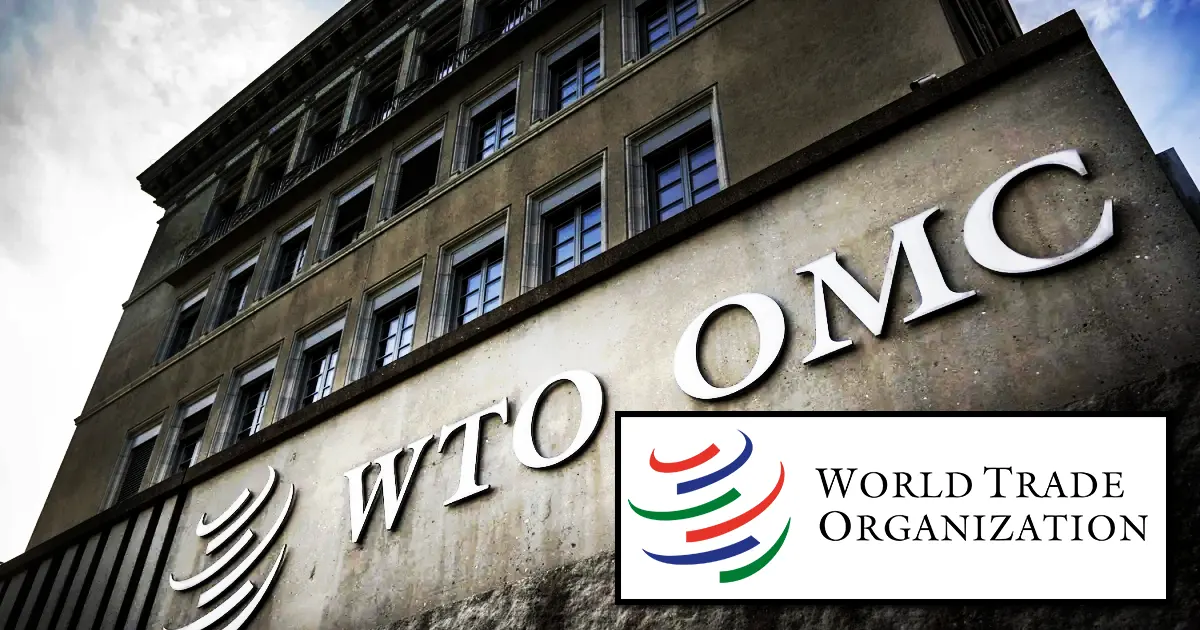GS3 – ECONOMICS

The WORLD TRADE ORGANIZATION (WTO) is a global international organization established to regulate international trade. It provides a framework for negotiating trade agreements, resolving trade disputes, and promoting trade liberalization while ensuring fairness and adherence to agreed-upon rules.
Key Features of WTO:
- Establishment and Headquarters
- Founded: January 1, 1995.
- Headquarters: Geneva, Switzerland.
- Predecessor: General Agreement on Tariffs and Trade (GATT, 1948).
- Objectives
- To ensure trade flows smoothly, predictably, and freely.
- To reduce barriers to trade, such as tariffs and subsidies.
- To settle trade disputes among members.
- To promote economic growth and development globally.
- Functions
- Trade Negotiation: Forum for member countries to negotiate trade agreements.
- Implementation and Monitoring: Ensures members follow the agreed trade rules.
- Dispute Settlement: Provides a mechanism to resolve disputes between countries.
- Capacity Building: Assists developing countries in trade-related activities.
- Cooperation: Works with other international organizations like the IMF and World Bank.
- Principles
- Non-Discrimination: Ensures that trade policies apply equally to all members.
- Most-Favored Nation (MFN): No member should be treated less favorably than another.
- National Treatment: Imported goods must be treated no less favorably than domestic goods.
- Reciprocity: Balances concessions in trade negotiations.
- Transparency: Trade regulations and practices must be clearly disclosed.
- Safety Valves: Allows exceptions for protecting public health, safety, or the environment.
- Structure
- Ministerial Conference: The top decision-making body, meets at least every two years.
- General Council: Handles day-to-day work and oversees various councils.
- Dispute Settlement Body: Manages trade disputes.
- Committees and Councils: Cover areas like trade in goods, services, and intellectual property.
- Agreements
- GATT (General Agreement on Tariffs and Trade): Rules for trade in goods.
- GATS (General Agreement on Trade in Services): Rules for trade in services.
- TRIPS (Trade-Related Aspects of Intellectual Property Rights): Protects intellectual property rights globally.
- Other sector-specific agreements, e.g., on agriculture, textiles, and trade facilitation.
- Membership
- Members: 164 countries (as of 2024).
- Observer Status: Non-member countries and international organizations may participate as observers.
- Decision-Making: Consensus-based, though majority voting is also used in some cases.
- Role in Global Trade
- Promotes free trade by reducing tariffs and other trade barriers.
- Encourages economic growth and development.
- Helps integrate developing countries into the global economy.
- Challenges
- Stalled Negotiations: The Doha Development Round faced significant delays and disagreements.
- Dispute Resolution Issues: The Appellate Body has faced operational challenges.
- Developing Countries’ Concerns: Imbalances in benefits between developed and developing nations.
- Rise of Protectionism: Increased trade restrictions and unilateral measures by some countries.
- E-commerce and Digital Trade: Need for updated rules to address modern trade issues.
- Significance for India
- India’s active participation helps safeguard its interests in agriculture, services, and intellectual property.
- The WTO platform aids India in securing trade concessions and resolving disputes.
- It helps India integrate into the global trading system while protecting domestic industries.




